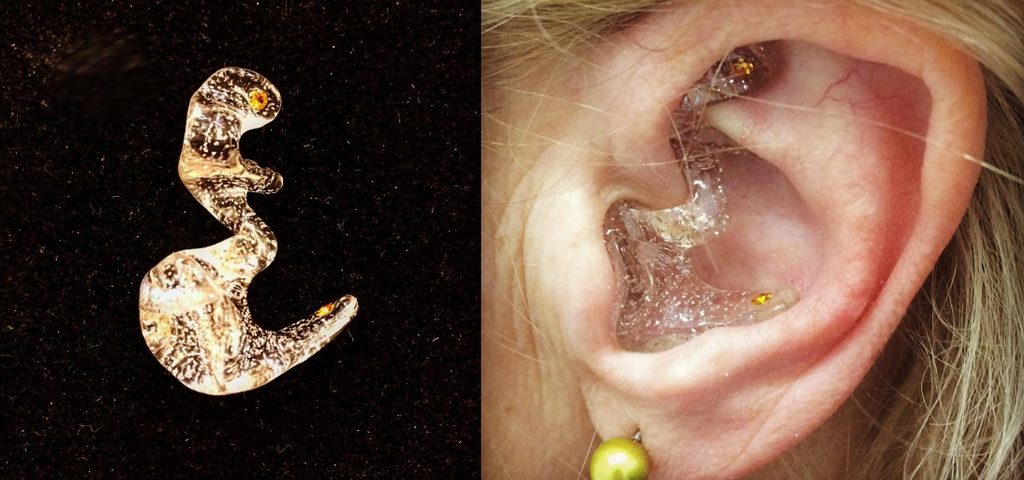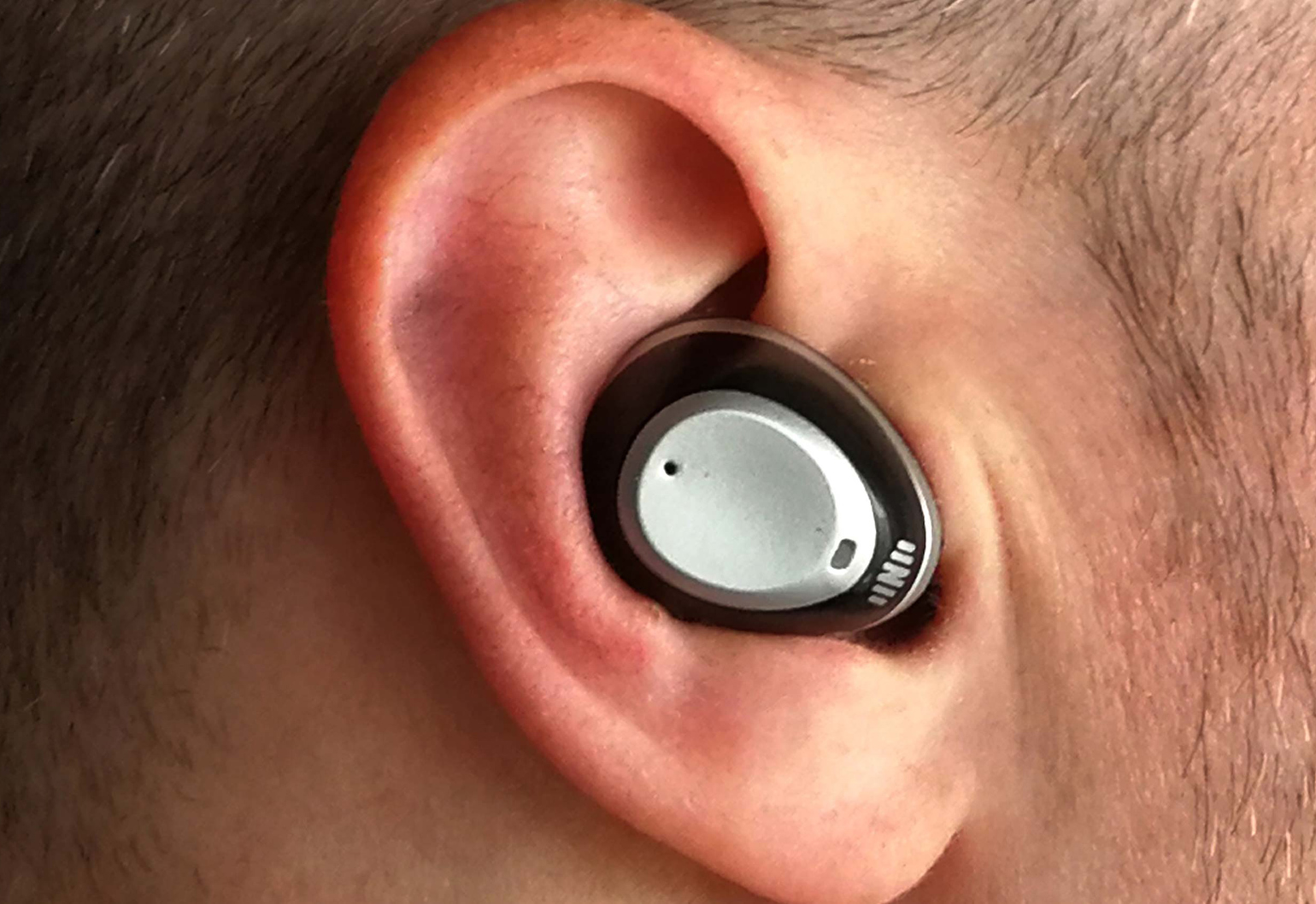The Main Principles Of Oticon: Hearing aids, information on hearing loss and


Top 8 Tips for New Hearing Aid Wearers - Happy Ears
The Benefits of Hearing Aids - Ear, Nose and Throat - OHSU PDFs

In-the-ear (ITE) help: This hearing help sits entirely in the outer ear (the "bowl" of the ear). Learn More Here help electronic devices are housed in a custom-fit shell. In-the-canal (ITC) aids and completely-in-the-canal (CIC) help: These are the smallest listening devices currently readily available. The electronics are contained in a little custom-fit shell that fits partly or entirely into the ear canal.

Audiologist Advice: Hate Your Hearing Aids? Try This!
Listening Devices Features Today's hearing help include a range of functions. Here are a few of the more typical ones. Directional microphones focus on sound from a particular direction. They might assist you hear someone in a face-to-face conversation over the sound around you, for instance. Telecoils make it possible for the listening devices to get sound directly from compatible phones or compatible noise systems in public locations, such as theaters and holy places.

How Hearing Aids Work
Getting Hearing Aids Medical examination needed for kids (younger than 18 years of age) While hearing loss in adults is often brought on by aging or sound direct exposure, the factors for hearing loss in kids are more diverse and may be related to other medical conditions needing medical evaluation and treatment.
